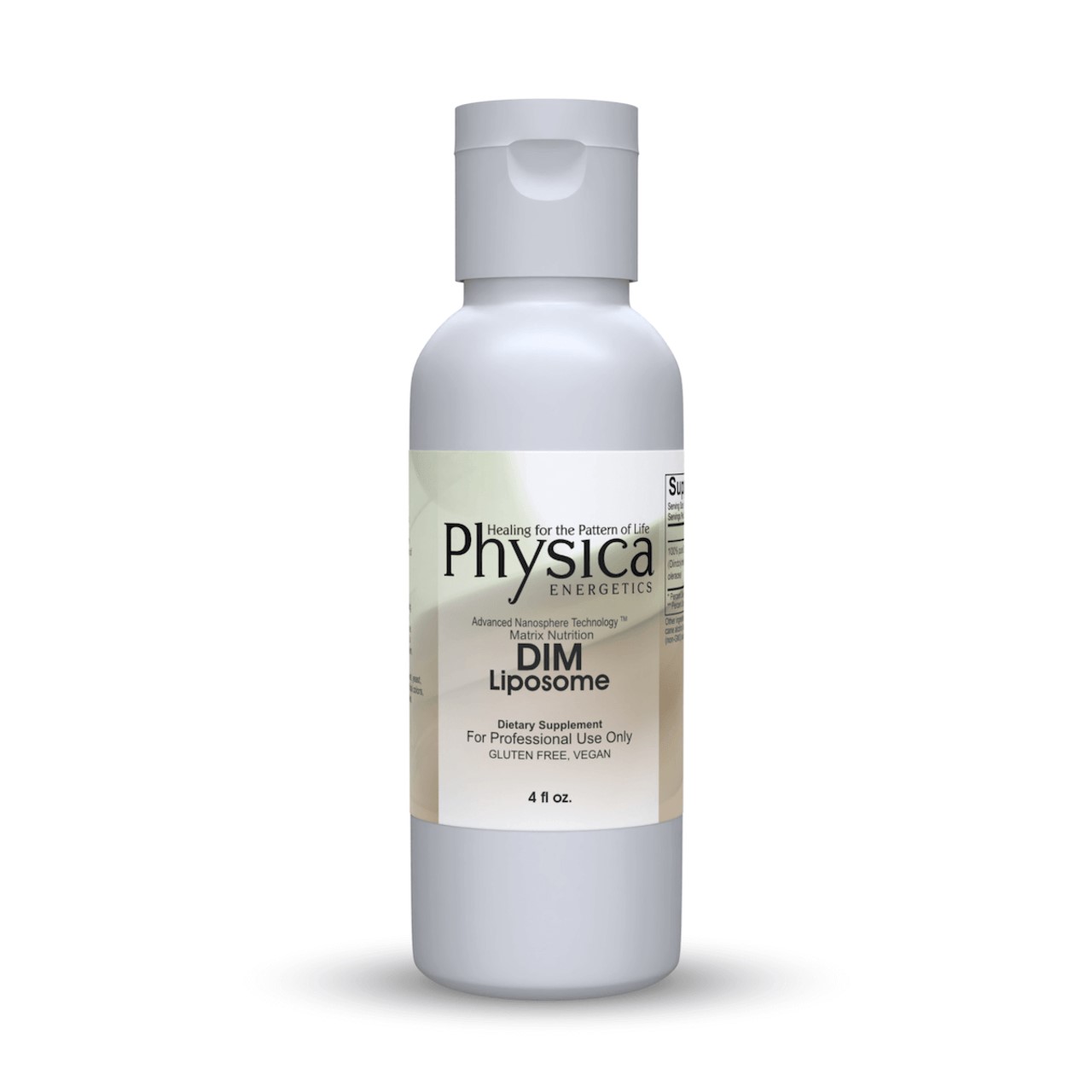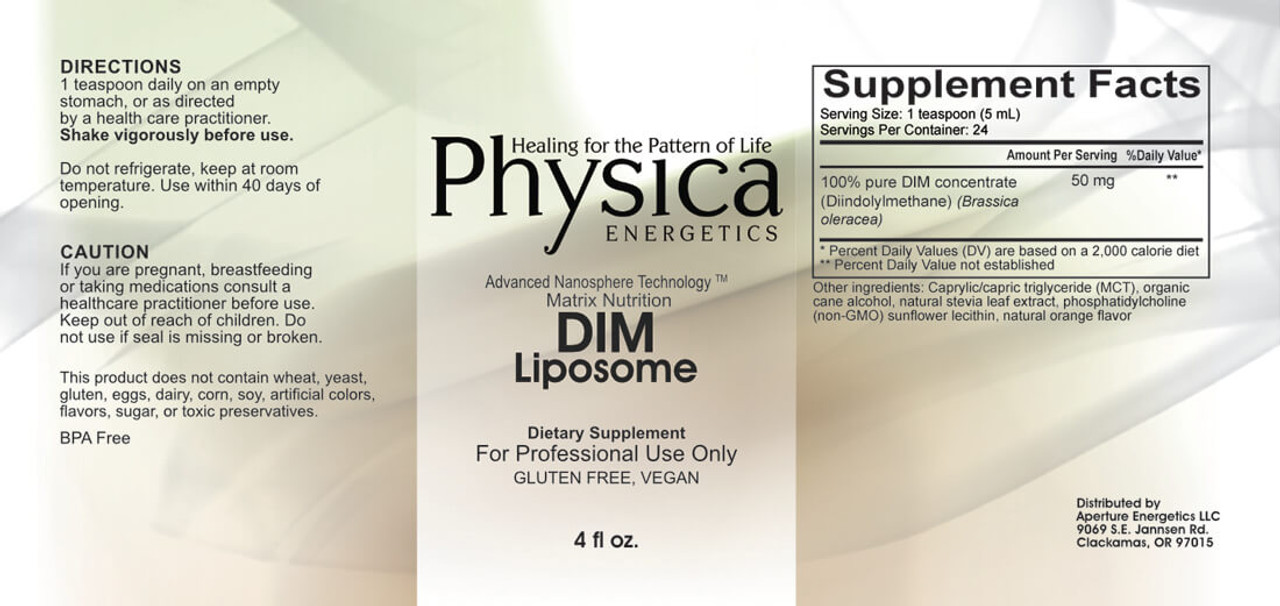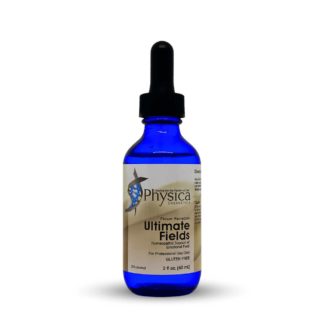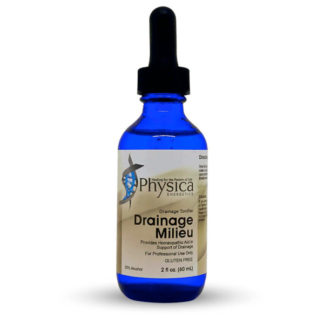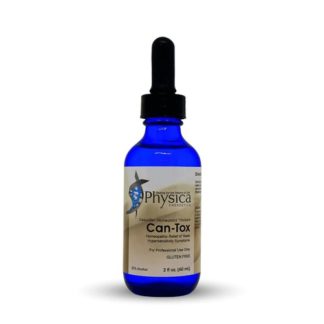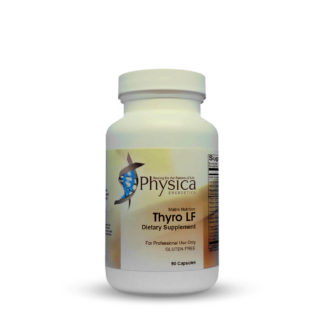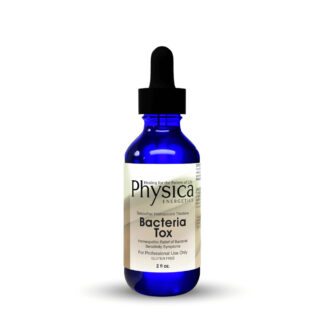Description
Diindolylmethane (DIM) is a phytonutrient and plant indole found in cruciferous vegetables including broccoli, brussel sprouts, cabbage, cauliflower and kale, with potential anti-androgenic and anti-neoplastic activities. DIM provides beneficial estrogen metabolism in both sexes by reducing the levels of 16-alpha hydroxyestrone metabolites and increasing the formation of 2-hydroxyesterone metabolites, resulting in increased antioxidant activity and the inducing of apoptosis in vitro tumor cells.
A wealth of recent studies have documented diindolylmethane (DIM) as one of the most effective phytonutrients in the prophylactic support of breast, prostate, colon and pancreatic cancers. Indole-3-carbinol (I3C) vs DIM I3C, the natural precursor to diindolylmethane found in cruciferous vegetables have been available as a supplement and documented as safe. However, since I3C is highly unstable, its long term use as a dietary supplement is of questionable value. I3C has been shown to be an inactive precursor to indole until it is converted to DIM by stomach acid. This process is inefficient and may be ineffective in those with lower levels of gastric acid production which unfortunately is the majority of people. Furthermore, I3C requires careful storage, avoiding heat, moisture and light to slow its rapid breakdown on the shelf. I3C is more irritating to the stomach than diindolylmethane, due to its chemical reactivity. I3C is also much more prone to interaction with components of food (especially vitamin condensation) products.
Conversion from I3C into diindolylmethane not only requires precise acidity, it requires time; often more time than most foods typically spend in the intestinal tract. Diindolylmethane (DIM) is clearly the phytonutrient of choice, clinically activated in a liposome matrix as it by-passes the “liver first pass” and digestive tract directly (ionic ligand) targeting estrogen metabolism.
Researchers have discovered that the metabolism and growth promoting activity of estrogen is modified by the intake of milligram amounts of dietary indoles from cruciferous vegetables. DIM is formed from its precursor indole, Indole-3-carbinol (I3C), after the enzymatic release of I3C from parent glucosinolates found in all cruciferous vegetables. DIM is unique among all phytonutritionals with regard to its ability to favorably modify estrogen metabolism in the direction of greater 2-hydroxyesterone production.
Research suggests that a low level of the 2-hydroxyestrogen metabolites (2-OHE) and a high level of 16 alpha-hydroxyestrone (16 alpha-OHE1) is associated with an enhanced risk of breast cancer. DIM increases 2 hydroxyestrone thereby improving the 2/16 hydroxyestrone ratio, making it protective for women (and men) at high risk for this condition. Improper metabolism of estrogen allows for oxidation, damage to DNA and cancer promotion. It has been established that DIM also reduces the availability of 4-androstenedione for aromatization to estrone concluding that DIM is more potent than I3C at protecting against mammary carcinoma due to decreased formation of 16 alphahydroxyestrone from estrone (the more dangerous form of estrogen). Epidemiology shows a high prevalence of estrogen related disease, especially breast cancer, in societies consuming a diet low in total vegetable content; high pesticide spraying; geopathic stress proximity; high levels of mercury/other metals; drinking city water; xeno-estrogen containing foods, pharmaceuticals, skin care products; environmental pollution, etc.
Ingredients: 100% pure DIM concentrate (Di-indolylmethane) (Brassica oleracea) 50 mg.
These statements have not been evaluated by the Food and Drug Administration. These products are not intended to diagnose, treat, cure or prevent any disease.
